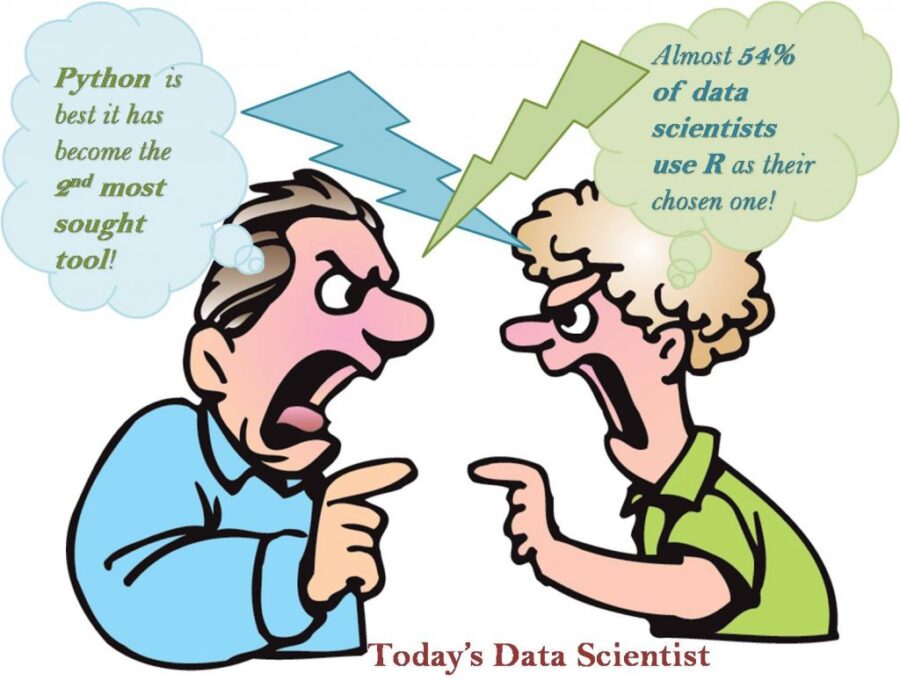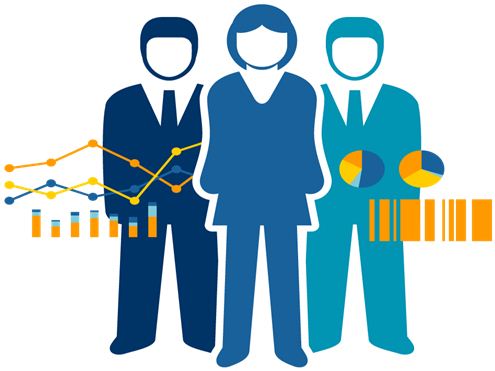Data science is the ‘digital’ form of applied statistics. When we say ‘digital’, we refer to the concept of applying statistical techniques in terms of human-readable, computer code; that is, statistics, not written on traditional paper & pen, but written in terms of a computer language or code that can be executed to reproduce statistical results. The concepts remain the same however, it’s only the form of compiling and ‘reading’ those equations in the form of computer generated code that matters. Data analysis itself involves a vast array of functions and responsibilities that a data scientist needs to develop in order to efficient statistical analysis.
Traditionally, a data scientist is one who does data wrangling, that is, a collective process of acquiring large quantities of ‘raw data’, transforming or converting it into ‘clean data’, which is nothing but data modified and ready to be understood by anyone who comes across this data, and performing certain analytical tasks that speak or reveal some hidden fact from this data that is so beneficial and important for an innumerable people, including one’s own organisation. As simple as it could seem to be, data science is actually a technical field that is worth looking into, and the prospect it offers over traditional technical fields.
“So, all in all, a data scientist needs to be top class in a programming language that allows data analysis, as well as be aware of certain other skills that include database managements, efficient acquiring of digital data, so on and so forth.”
Now, when we speak of data science, one of the key tools that has been driving this field so far, and might also come across your mind, is the Python language. Python was initially developed in 1991 as a general purpose programming language that has no become a very widely used tool for developers and programmers. It is used to design some of our most popular software and starting from early 2000s, the language has gained considerable ground in the field of data science. Data scientists around the world are now learning what it takes to be a statistician by coding in Python, and the language has been pretty successful in that.
Python works in a very similar fashion as compared to other such contemporary programming languages. You frame your objective in mind and start coding or ‘designing’ accordingly to make your code finally executes as working software. Its syntax however, might differ from other languages like C++ and Java for example, and is comparatively easier and straightforward.

“In recent years, Python has become the 2nd most sought tool after R language, another powerful tool and the only competitor to Python. Almost 54% of data scientists use R as their chosen one, while the rest 46% use Python as their field, so you could pretty much make out here the intense competition between the two. Python does flaunt its own strengths – libraries like SciPy, Matplotlib and Pandas among a list of many that allows for butter-smooth, intuitive and enjoyable data analysis, while R has its millions of packages. The best thing is however, that both are free and data scientists are pretty much free to use the free tool at whatever directions they want. The Python community is filled with practicing data scientists who are always ready to help and they are a great resource.”
So, start coding in Python and become a data scientist.


